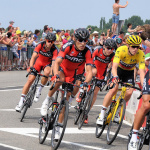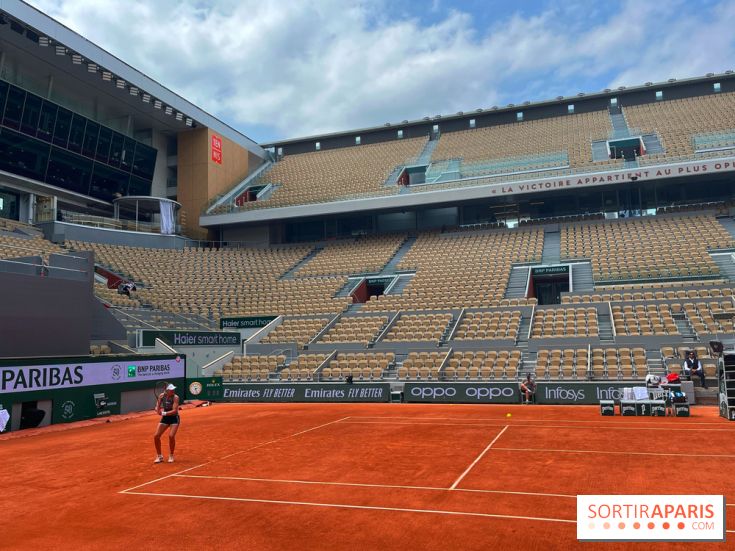Day after day, riders tackle the various stages of the Tour de France, riding in the footsteps of the great athletes who came before them. In 2023, we'll be witnessing the 110th edition of the Grande Boucle! It's time to take a look in the rear-view mirror, and discover some of the stories and anecdotes that have marked the world's most famous cycling race.
The Tour de France was born in 1903, between July 1 and 19. The newspaper L'Auto was behind the competition: the sports daily was looking for a way to win more readers, so it decided to invent its own competition. For the first Tour, 59 riders lined up at the starting line, but not all of them made it to the end of the various stages. The race linked Paris, Lyon, Marseille, Toulouse, Bordeaux and Nantes, covering a total distance of 2,428 km. Quite a route!
Tour de France: yellow, green, polka dots... What do the different jerseys represent?
These are words you'll be hearing a lot this July, if you're following the Tour de France 2023. Yellow jersey, polka-dot jersey, white or green jersey... So you can follow the competition without worry, here's a rundown of what these jerseys mean. [Read more]
The origins of the Tour de France are a kind of advertising operation for the newspaper L'Auto... But it is also intimately linked toFrench history. Norman journalist Sylvain Letouzé, author of Histoires insolites du Tour de France, tells Ouest France how the race came to be.
" The Tour de France was born out of theDreyfus affair. At the time, Pierre Giffard was defending the captain accused of providing information to the enemy in the newspaper Le Vélo. Except that the shareholder, Jules-Albert de Dion, was an anti-Dreyfusard: he withdrew his marbles from Le Vélo and created a competitor, L'Auto-Vélo, which became L'Auto in 1902. The directors of the new publication were looking for ideas to develop their readership... and one journalist proposed a "race that would go all the way around the country". The first Tour set off in 1903. Honestly, if the shareholder hadn't pulled out of Le Vélo, I'm not sure the Tour de France would have seen the light of day.
And so, in 1903, the Tour made its debut. This first edition was special, and quite different from what we're used to today. It included the longest stage in the Tour's history: 467 kilometers to cover in a single stage. This is almost double the length of the longest stage in 2021, which covered 249 kilometers.
Several records were set in the early years of this legendary race. Henri Cornet still holds the record for the youngest Tour winner. At just 19, the Frenchman triumphed in 1904.
And it's still a Frenchman who holds the record for most podium appearances in the Grande Boucle. Raymond Poulidor has been second three times, and third five times, so he's been on the podium eight times.
Cycling is a beautiful sport, but unfortunately it's often marred by stories of cheating. Sylvain Letouzé recounts his favorite cheating anecdotes in Ouest France. The first takes place in 1935. "At the time, it wasn 't unusual for riders to stop for a drink in a café. During the heatwave stage between Pau and Bordeaux, a beer stand was set up in Le Barp. The peloton stopped... except for Frenchman Julien Moineau, who took advantage of the opportunity to escape and win the stage! In fact, it was his friends who had set up the refreshment stand!
Two years later, another cheating story comes to light, but it's far less pleasant. " This time, we were in a period of tension between the Belgians and the French, and during the warm-up, the Tricolores' leader collapsed on the tarmac. His handlebars had been sawed off! On another stage, at the finish in Bordeaux, the Belgians received pine cones and, above all, pepper in the eyes. Sometimes, supporters would even puncture competitors' tires..." says the journalist.
Obviously, these bad actions must not be repeated. But we can't wait to discover the next champions and the future great stories of the Tour de France!



 Tour de France: yellow, green, polka dots... What do the different jerseys represent?
Tour de France: yellow, green, polka dots... What do the different jerseys represent?














